Glynn Hughes Hospital became Glynn Hughes Barracks
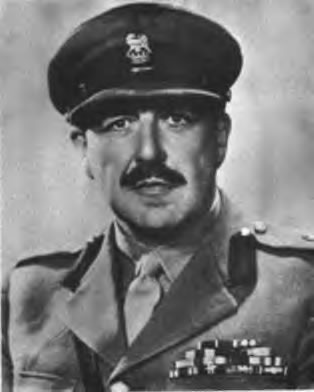
Home to:
28 Field Ambulance RAMC circa 1969
29 Field Ambulance RAMC
1 Armoured Field Ambulance RAMC 1981-1998
Named after Brigadier Glynn Hughes who was MO for 11th Armoured Division during the liberation of Bergen-Belsen, April 1945. He forced the Germans out from the local lazarett (hospital) and used it to treat the now freed concentration camp victims. It was duly named in his honour. It was given consideration for being transformed into an Operations in Built Up Areas (OBUA) village by 32 Engineer Regiment RE, but this has now been decided against.
.jpg)
WW2 Front View
The Field Ambulance was divided into two squadrons – Stag squadron supported 22 Bde and Jerboa (Rat!) supported 7 Bde which was based at Soltau at the time. Incidentally, looking at the photos of Glyn Hughes barracks reminded me that the mortuary and chapel was used by the QM as an MFO store. I remember having a look round while I was waiting for a wagon from the MT to move some of my boxes to Bergen – quite eerie.
Lawrence
.jpg)
WW2 Front View
.jpg)
The hospital in use.
.jpg)
Present Rear View
.jpg)
Eagle
.jpg)
Does anyone know what this signifies (above and below)?
.jpg)
The tree is from the Stadt Bergen wappen, the horses represent Niedersachsen, but the stags and sun?
.jpg)
If you’d had a bad day at the hospital you would then find yourself laid on this slab. After they had finished whatever they were doing to you, you would then move on for the funeral mass in the chapel below.
.jpg)
Overgrown entrance to the chapel.
.jpg)
The mosaic behind where the altar was situated. Translated as: We do not want to achieve anything for ourselves because we are transitory, but Germany must live.
.jpg)
Eventually you would be located in a grave for two, in the Friedhof behind the chapel. I’m not sure why they always buried fallen servicemen in pairs, but that always seemed to be the case. Maybe it was symbolic that you would never be laid to rest alone. They would also tend to be buried where they died rather than being returned home. Rank was also of no importance. A private could find himself buried next to a general.
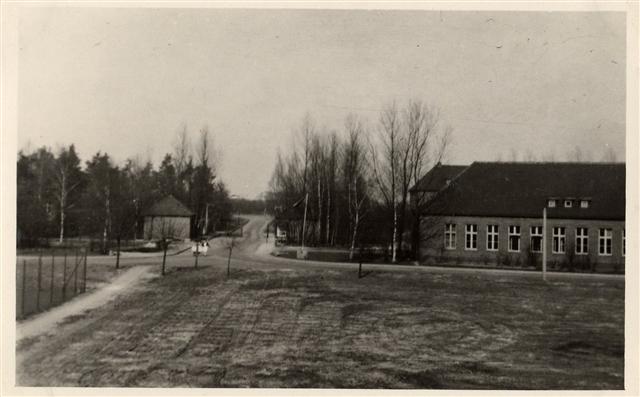
A view of the Camp
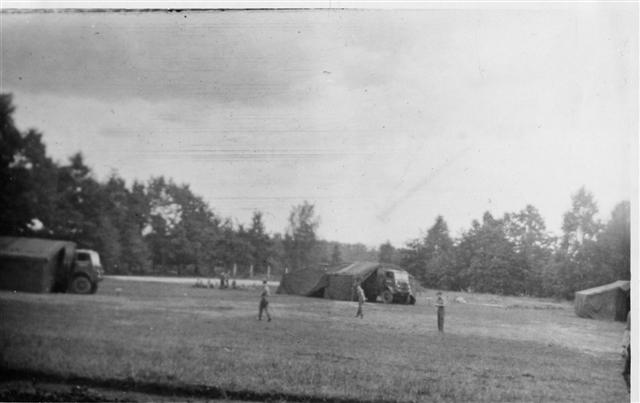
28 Field Ambulance Exercise
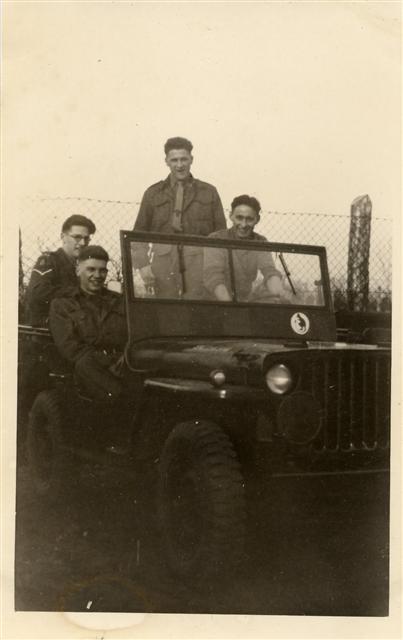
The original M.A.S.H.??
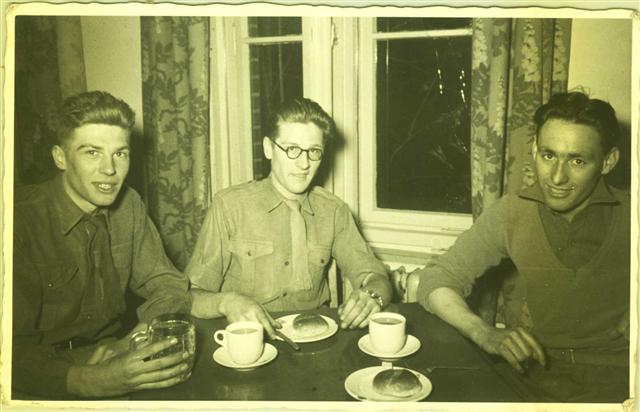
NAAFI Tea and buns – Glyn Hughes style
The photographs above were taken while I was serving on national service with 28 Field Ambulance RAMC. At the time there was also a unit of Polish MSO stationed with us who were mainly used as drivers. We were part of 7 Arm Div (Desert Rats) who were based at Hohne Garrison.
On of my most vivid memories of that time was walking through the local woods which were completely silent, with no sight or sound of any wild animals or birds at all. It was all very eerie, as though they knew something very dreadful had happened there, which kept them away. I often wonder whether it is the same today.
Text and photographs courtesy of Alan Jones
